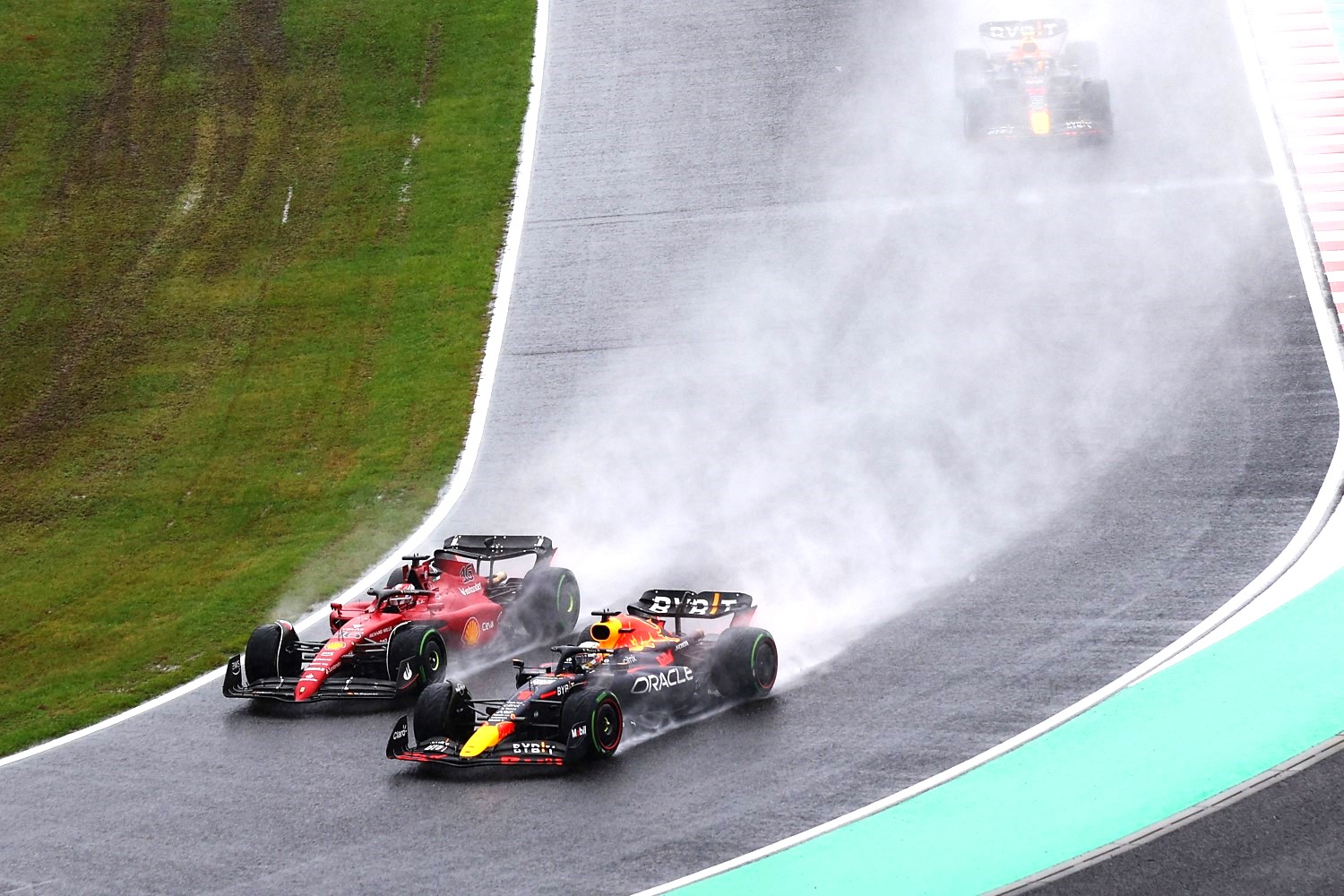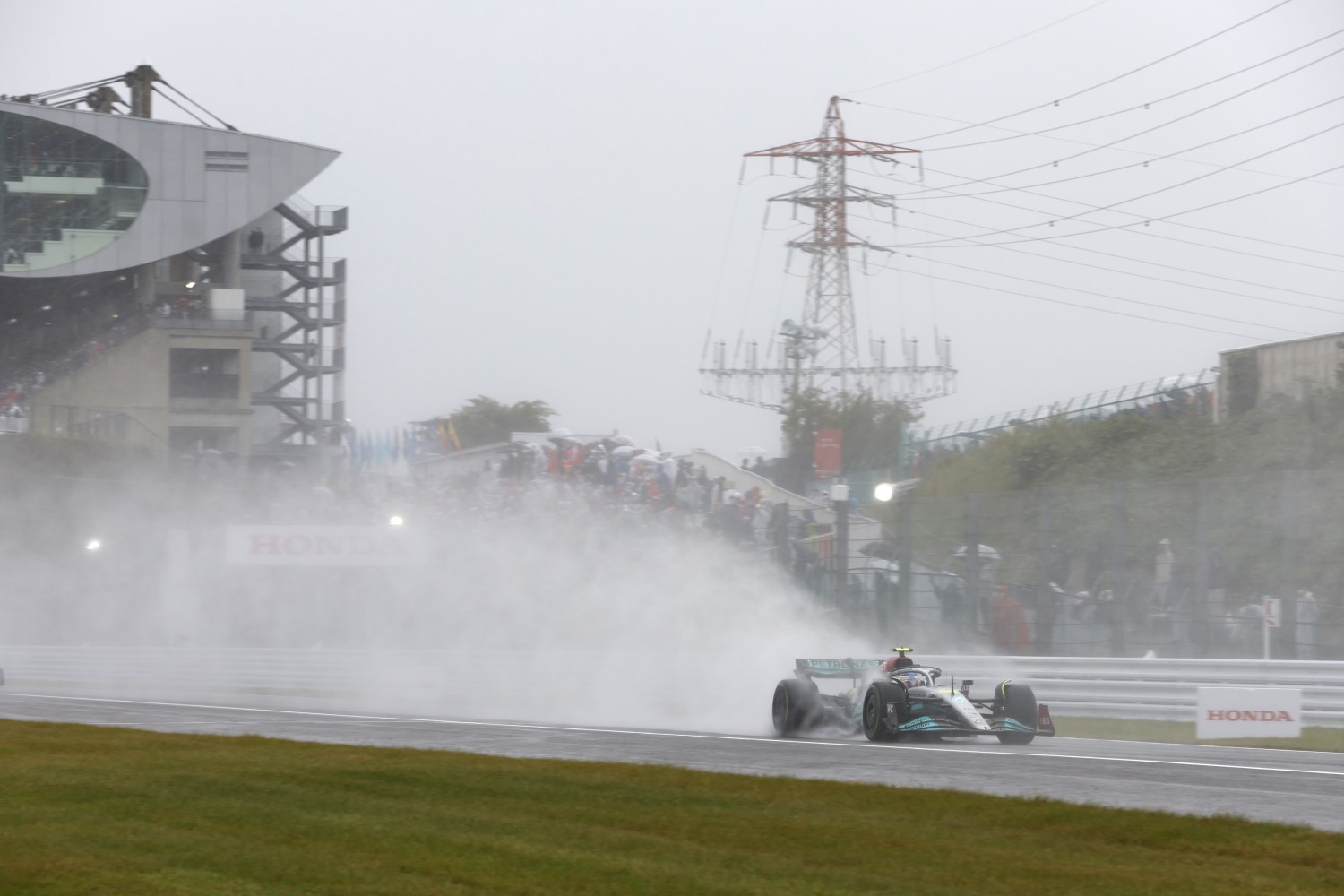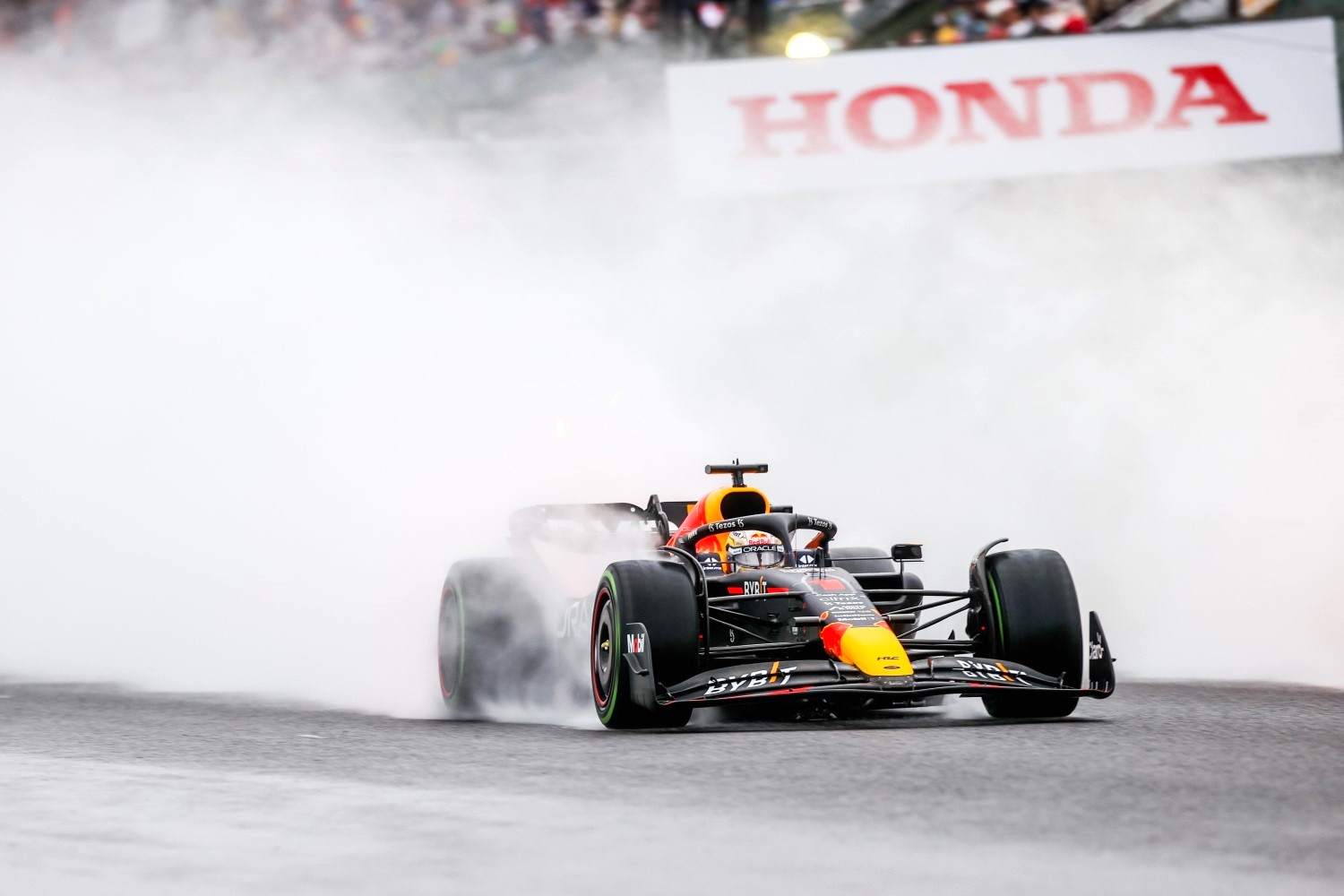F1: Series needs ‘solution’ to wet weather visibility
(GMM) Two Formula 1 drivers say the new ‘ground effect’ aerodynamic era has triggered an unexpected problem.
The new rules were designed to make the racing closer and the cars easier to overtake, but an unintended side-effect became very clear recently at Suzuka.
“We have to find a solution,” Ferrari’s Charles Leclerc told the Belgian broadcaster RTBF in Austin.

“The weather alone would have allowed us to drive. If we were alone on the track, there would be no problem.
“But the concern comes from the characteristics of the new cars. The floors have become very powerful. Suddenly, it sends all the water into the air and there is absolutely no visibility.
“Sometimes we can’t even see the white line to the side of the car and yet, it is one meter away from us. It’s not driving anymore, it’s just luck.
“It’s a shame,” Leclerc added, “because as I say the weather wasn’t really the problem. It was just the visibility.”
Mercedes’ George Russell admits that the visibility problem in Japan was “huge”, but he isn’t 100 percent sure it is due to the ground effect alone.

“Hard to say,” said the British driver. “Or maybe it’s due to certain types of asphalt because sometimes there’s a lot more spray than at other places.
“Obviously, it’s difficult to change things at this level, but we have to find a way.”
One idea is that, when the FIA decides it is too dangerous to go racing, a period in which drivers can circulate safely to disperse the water could begin.
“I was quite surprised how quickly the standing water disappeared once we were racing,” Russell said. “So maybe this is something to think about.
“We try to get rid of the water faster by doing some laps in the F1 cars.”
